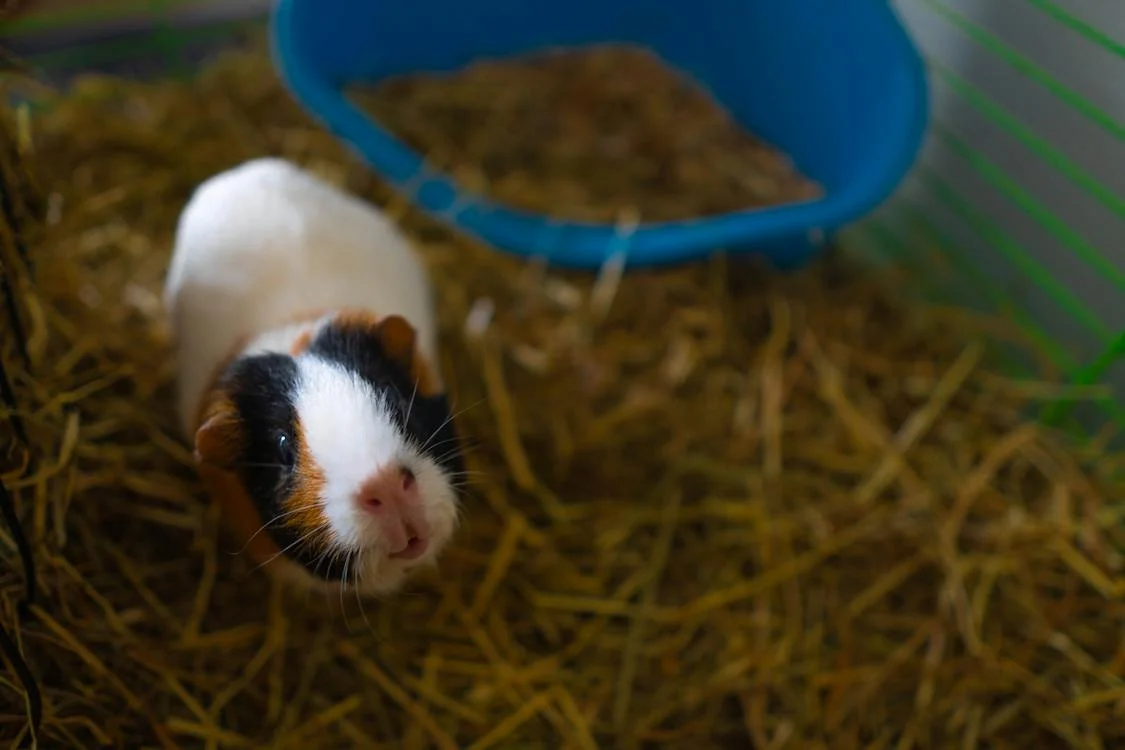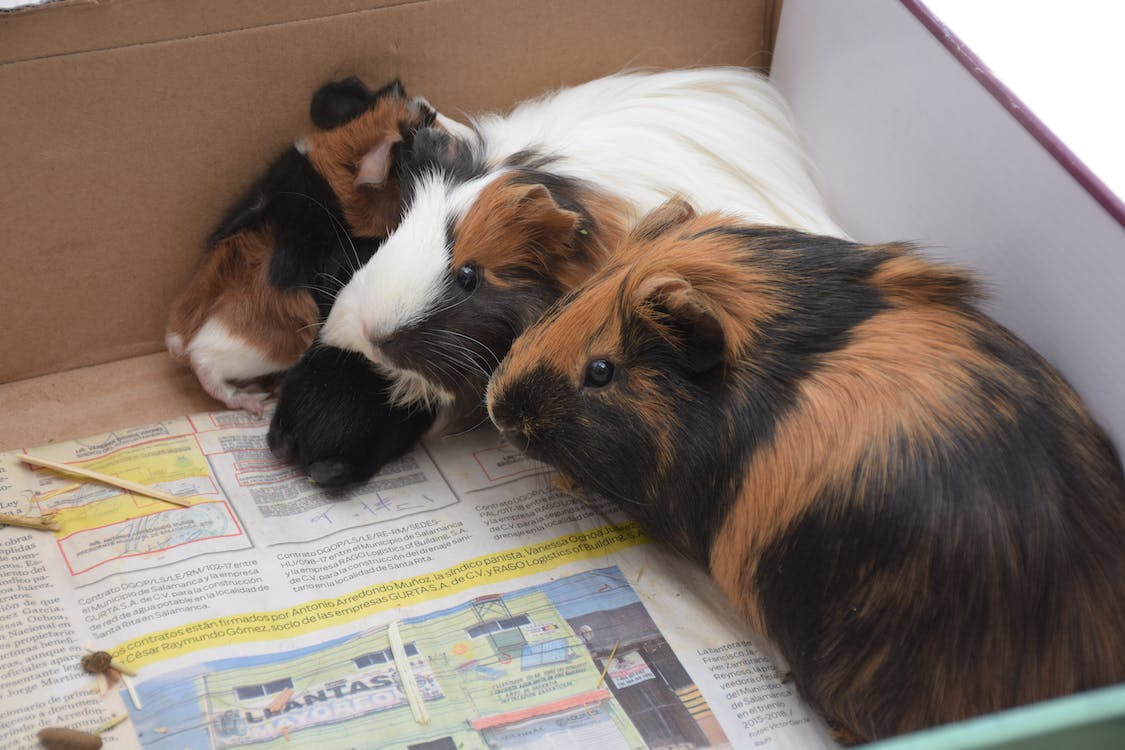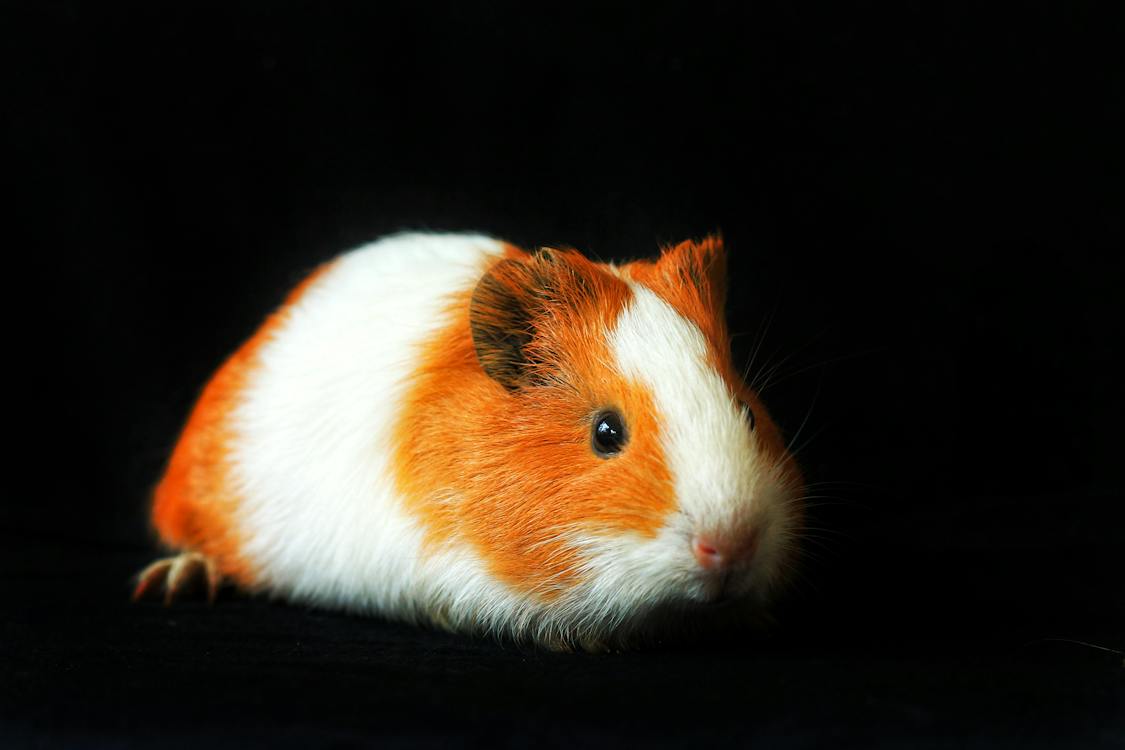“Breeding guinea pigs can be a rewarding experience; they’re playful, friendly, and relatively straightforward to care for. If you’re thinking about breeding these fascinating creatures, you’ll need to learn about guinea pig gestation. It’s a fascinating process, filled with surprising and quirky facts! Let’s explore further.
Understanding Guinea Pig Gestation

Guinea pigs, with their sociable nature, are popular pets worldwide. But to start breeding these charming animals, some precursory knowledge is vital. One important term you should familiarize yourself with is “sow,” referring to female guinea pigs.
Female guinea pigs, or sows, can be ready for breeding from as early as five weeks of age, though it’s usually better to wait until they’re three months old. The breeding process is relatively straightforward; once introduced to the male or boar, the female will go into heat for approximately 16 days.
Do note, that the impregnation process pushes the guinea pig gestation period to last between eight and ten weeks. And as one boar can mate with several sows, the potential for breeding is significant.
Recognizing the Signs
Knowing when your sow is in heat can be a bit tricky. One obvious sign is a curvature in her spine. This is not only a visual cue for the boar, but it also assists the sow in the mating process and during pregnancy.
During the Guinea Pig Gestation

Extra care, attention, and love go a long way during the gestation period. If the expectant sow seems less active or more tired than usual, it helps to provide her with a separate, clean space and additional nutritious food.
Two main items increase during the guinea pig gestation:
* Water intake: Sows drink extra during pregnancy, so ensure a good batch of fresh water daily.
* Vitamin C requirement: Guinea pigs aren’t naturally producing Vitamin C, but pregnant sows need it. During gestation, the normal Vitamin C consumption can triple. Include vitamin-rich foods in their diets or go for vitamin C drops.
Approaching Birth
As the birth nears, the sow’s pelvis begins to widen, usually about a week before the delivery. However, when they’re only hours away from giving birth, the pelvic widening can go up to 2.5 centimeters.
Typically, the sow will give birth to about three to six babies. Do note that larger litters often correspond with shorter gestation periods.
Post-Guinea Pig Gestation: What to Expect

Generally, delivering baby guinea pigs is uneventful. Babies often arrive at five-minute intervals, and the entire birthing process is usually complete within an hour. Sometimes, though, a stillborn might occur among the baby guinea pigs. It’s a tough situation, but regrettably, it’s not uncommon with guinea pigs. If babies aren’t being born within the expected time frame, seek immediate vet attention.
Related Resources
Understanding guinea pig gestation can help you ensure your guinea pigs’ health when breeding. With this knowledge, you are now well-equipped to start your journey into the fascinating world of guinea pig breeding.”